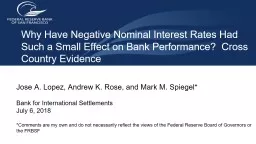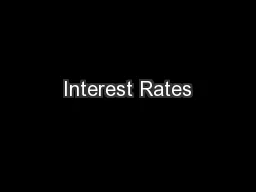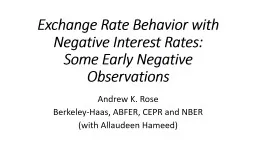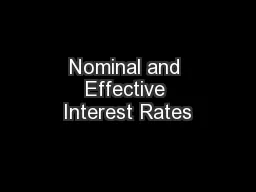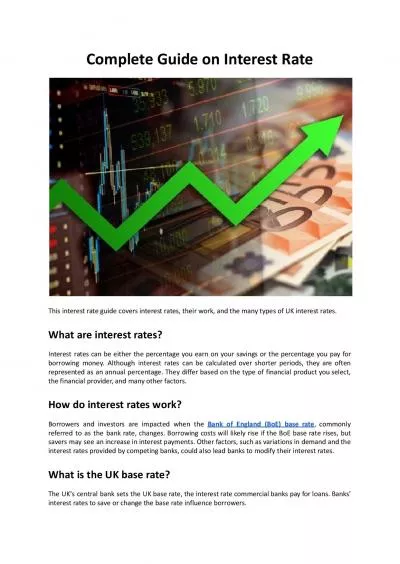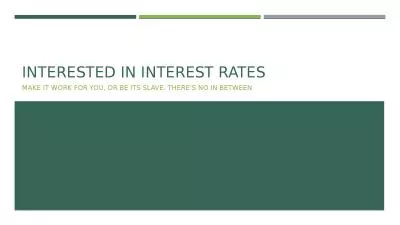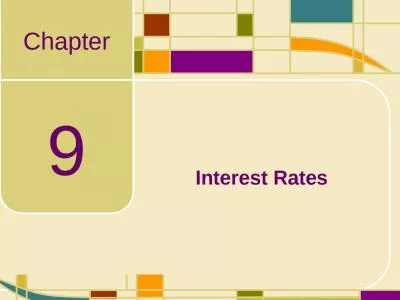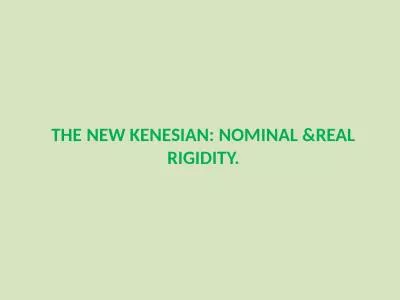PPT-Why Have Negative Nominal Interest Rates Had Such a Small Effect
Author : stefany-barnette | Published Date : 2018-10-30
on Bank Performance Cross Country Evidence Jose A Lopez Andrew K Rose and Mark M Spiegel Bank for International Settlements July 6 2018 Comments are my own and
Presentation Embed Code
Download Presentation
Download Presentation The PPT/PDF document "Why Have Negative Nominal Interest Rate..." is the property of its rightful owner. Permission is granted to download and print the materials on this website for personal, non-commercial use only, and to display it on your personal computer provided you do not modify the materials and that you retain all copyright notices contained in the materials. By downloading content from our website, you accept the terms of this agreement.
Why Have Negative Nominal Interest Rates Had Such a Small Effect: Transcript
Download Rules Of Document
"Why Have Negative Nominal Interest Rates Had Such a Small Effect"The content belongs to its owner. You may download and print it for personal use, without modification, and keep all copyright notices. By downloading, you agree to these terms.
Related Documents

